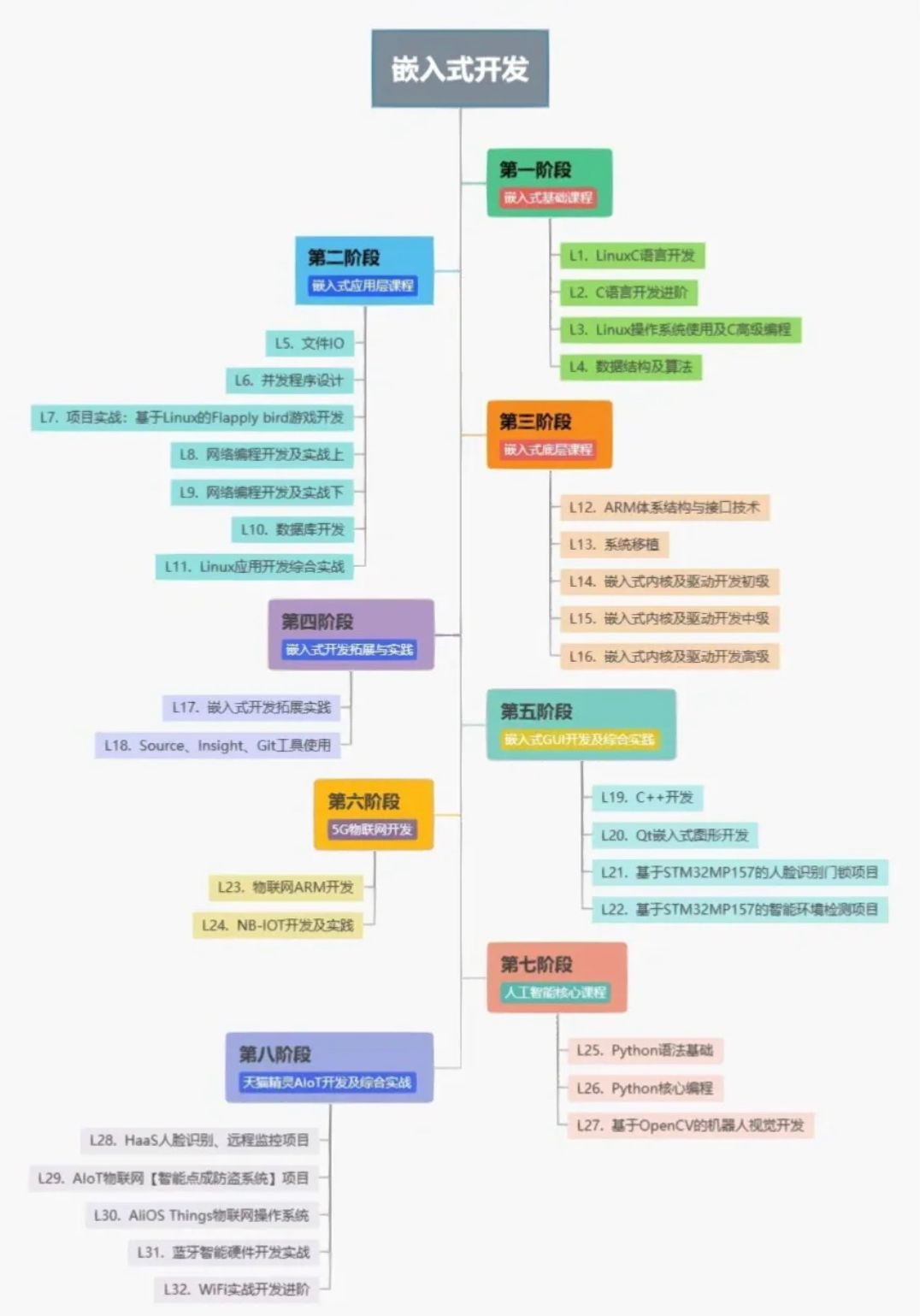(一)创建线程的三种方式
- 1.1 线程与进程
- 1.2 创建线程的三种方式
- 01、继承Thread类
- 02、实现Runnable接口
- 03、实现Callable接口
- 1.3 Question?
- 01、为什么要重写 run() 方法?
- 02、run() 方法和 start() 方法有什么区别?
- 03、通过继承 Thread 类和实现 Runnable 接口的方式创建多线程,哪个好?
- 1.4 三个常见的方法
- 01、sleep()
- 02、join()
- 03、setDaemon()
- 1.5 线程的生命周期
1.1 线程与进程
起初刚接触线程与进程的时候,一直傻傻分不清,是因为这两个概念一直都是死记硬背的,并没有完全理解,比如:
- 进程:是对运行时程序的封装,是系统进行资源调度和分配的基本单位,实现了操作系统的并发。
- 线程:是进程的子任务,是 CPU 调度和分派的基本单位,实现了进程内部的并发。
显然,这些概念是很抽象的。我们可以打个比方,如图所示:
- 进程:我打开一个浏览器就相当于一个进程。
- 线程:可以比作是浏览器中打开的 n 个页面。

一个进程可以有多个线程就叫做多线程。
搞清楚了两者的区别后,需要知道以下几点:
- 线程在进程下进行(打开浏览器之后才能有页面)
- 进程之间不会相互影响,主线程结束会导致整个进程结束(关闭浏览器,所有页面都将会被关闭)
- 不同的进程数据很难共享(不同的浏览器搜索的内容并不完全相同)
- 同进程下的不同线程之间数据很容易共享(同一个浏览器中可以看到历史浏览页面)
- 进程使用内存地址可以限定使用量(每种浏览器都有打开页面数量的上限)
1.2 创建线程的三种方式
01、继承Thread类
创建一个类实现 Thread 类,并重写 run() 方法:
/**
* 创建线程的三种方式-继承Thread类
*
* @author qiaohaojie
* @date 2023/6/29 16:25
*/
public class CreateThreadTest {
public static void main(String[] args) {
/**
* 01 继承Thread类
*/
// 1. 模拟三个线程
CreateThread01 thread1 = new CreateThread01();
CreateThread01 thread2 = new CreateThread01();
CreateThread01 thread3 = new CreateThread01();
// 2. 手动设置每个线程的名字
thread1.setName("青花椒一号");
thread2.setName("青花椒二号");
thread3.setName("青花椒三号");
// 3. 开启线程
thread1.start();
thread2.start();
thread3.start();
}
static class CreateThread01 extends Thread {
@Override
public void run() {
for (int i = 0; i < 100; i++) {
System.out.println(getName() + ":打了" + i + "个小兵");
}
}
}
}
运行结果:

02、实现Runnable接口
创建一个类实现 Runnable 接口,并重写 run() 方法:
/**
* 创建线程的三种方式-实现Runnable接口
*
* @author qiaohaojie
* @date 2023/6/29 16:25
*/
public class CreateThreadTest {
public static void main(String[] args) {/**
* 02 实现Runnable接口
*/
// 1. 创建CreateThread02类
CreateThread02 runnable = new CreateThread02();
// 2. 模拟三个线程
Thread thread4 = new Thread(runnable, "青花椒四号");
Thread thread5 = new Thread(runnable, "青花椒五号");
Thread thread6 = new Thread(runnable, "青花椒六号");
// 3. 开启线程
thread4.start();
thread5.start();
thread6.start();
}
static class CreateThread02 implements Runnable {
@Override
public void run() {
for (int i = 0; i < 10; i++) {
try {
// sleep会发生异常,要显示处理
Thread.sleep(20);
} catch (InterruptedException e) {
e.printStackTrace();
}
System.out.println(Thread.currentThread().getName() + "打了:" + i + "个小兵");
}
}
}
}
运行结果:
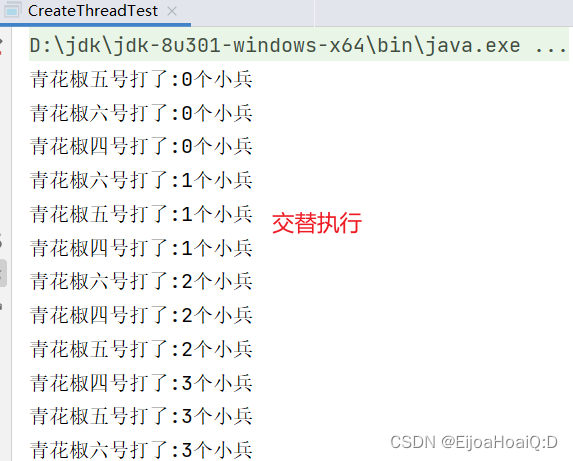
03、实现Callable接口
创建一个类实现 Callable 接口,重写 call() 方法,这种方式可以通过FutureTask获取任务执行的返回值。
/**
* 创建线程的三种方式-实现Callable接口
*
* @author qiaohaojie
* @date 2023/6/29 16:25
*/
public class CreateThreadTest {
public static void main(String[] args) {
/**
* 03 实现Callable接口
*/
// 1. 创建CreateThread03类
CreateThread03 createThread03 = new CreateThread03();
// 2. 创建异步任务
FutureTask<Integer> futureTask = new FutureTask<>(createThread03);
// 3. 启动线程
new Thread(futureTask).start();
// 4. 返回程序执行结果
try {
System.out.println("执行结果:" + futureTask.get());
} catch (InterruptedException e) {
e.printStackTrace();
} catch (ExecutionException e) {
e.printStackTrace();
}
}
static class CreateThread03 implements Callable<Integer> {
@Override
public Integer call() throws Exception {
Thread.sleep(2000);
int sum = 0;
for (int i = 0; i < 100; i++) {
sum += i;
}
return sum;
}
}
}
运行结果:

1.3 Question?
01、为什么要重写 run() 方法?
因为 run() 方法是用来封装被线程执行的代码。
02、run() 方法和 start() 方法有什么区别?
- run() 方法:封装线程执行的代码,直接调用相当于调用普通方法;
- start() 方法:启动线程,然后由 JVM 调用此线程的 run() 方法。
03、通过继承 Thread 类和实现 Runnable 接口的方式创建多线程,哪个好?
实现 Runnable 接口好,原因有两个:
- 避免了 Java 单继承的局限性;
- 适合多个相同的程序代码去处理同一资源的情况,把线程、代码和数据有效的分离,更符合面向对象的设计思想。
1.4 三个常见的方法
针对线程控制,还会遇到三个常见的方法:
01、sleep()
使当前正在执行的线程暂停指定的毫秒数,也就是进入休眠的状态。使用时要对异常进行处理:
try {
// sleep会发生异常要显示处理
Thread.sleep(20);//暂停20毫秒
} catch (InterruptedException e) {
e.printStackTrace();
}
02、join()
等待这个线程执行完才会轮到后续线程得到 cpu 的执行权,使用这个也要抛出异常:
/**
* 02 实现Runnable接口
*/
// 1. 创建CreateThread02类
CreateThread02 runnable = new CreateThread02();
// 2. 模拟三个线程
Thread thread4 = new Thread(runnable, "青花椒四号");
Thread thread5 = new Thread(runnable, "青花椒五号");
Thread thread6 = new Thread(runnable, "青花椒六号");
// 3. 开启线程
thread4.start();
try {
// 等到thread4执行完才会轮到thread5和thread6
thread4.join();
} catch (InterruptedException e) {
e.printStackTrace();
}
thread5.start();
thread6.start();
运行结果:
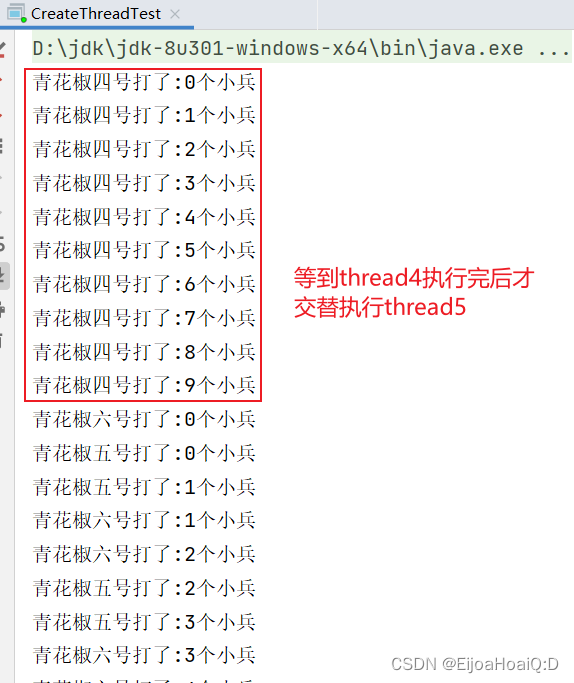
03、setDaemon()
将此线程标记为守护线程,准确来说,就是服务其他的线程,像 Java 中的垃圾回收线程,就是典型的守护线程:
/**
* 01 继承Thread类
*/
// 1. 模拟三个线程
CreateThread01 thread1 = new CreateThread01();
CreateThread01 thread2 = new CreateThread01();
CreateThread01 thread3 = new CreateThread01();
// 2. 手动设置每个线程的名字
thread1.setName("青花椒一号");
thread2.setName("青花椒二号");
thread3.setName("青花椒三号");
// 标记守护线程
thread1.setDaemon(true);
thread2.setDaemon(true);
// 3. 开启线程
thread1.start();
thread2.start();
thread3.start();
如果其他线程都执行完毕,main() 方法也执行完毕,JVM 就会退出,也就是停止运行。如果 JVM 都停止运行了,守护线程自然也就停止了。
1.5 线程的生命周期









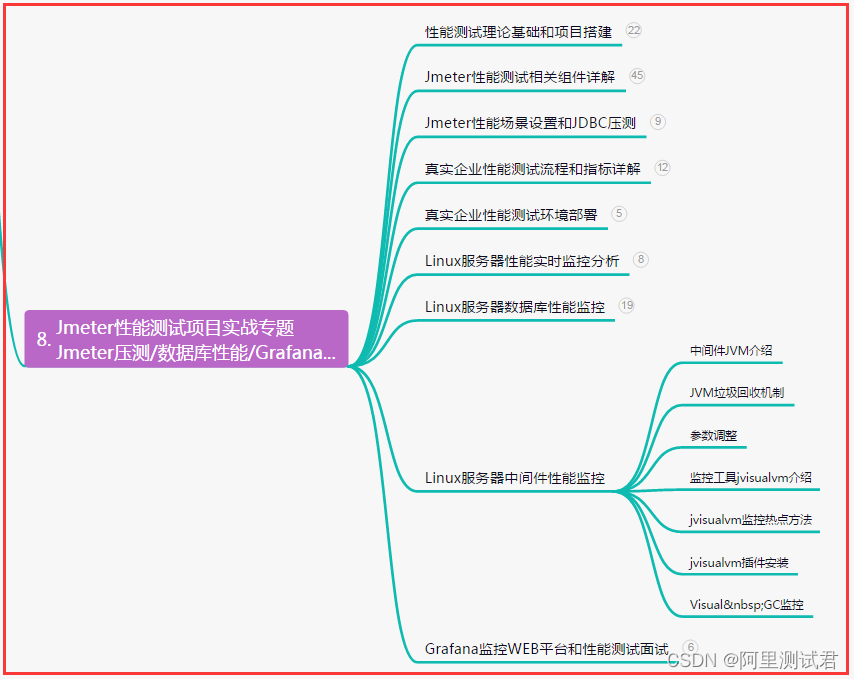
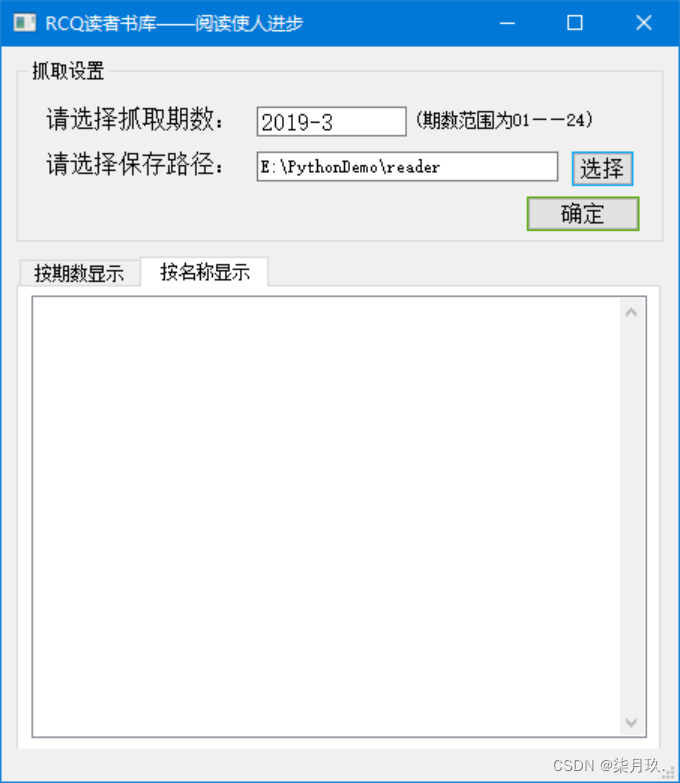

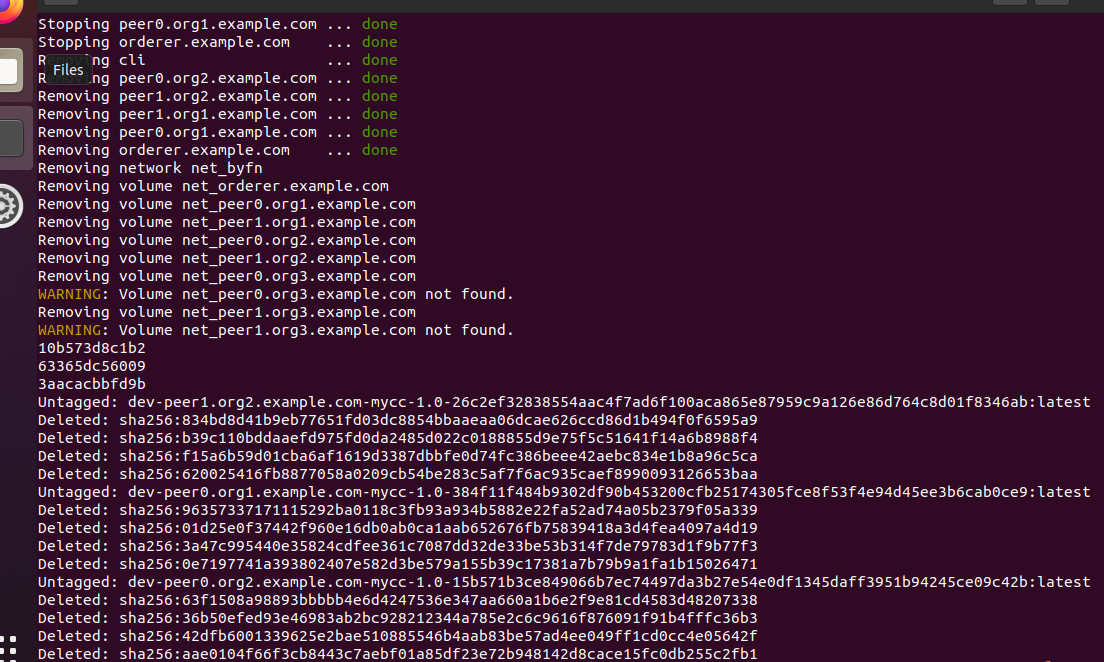


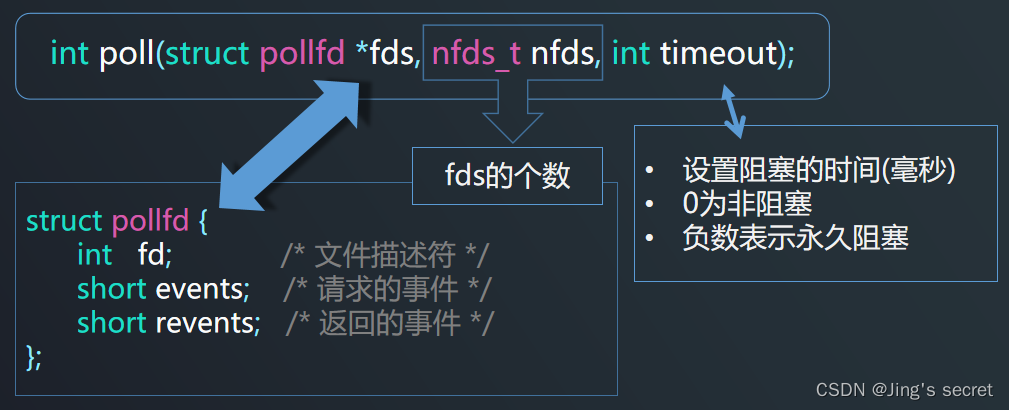

![[Flask] Flask的请求与响应](https://img-blog.csdnimg.cn/0742a04b8a1d4fb982659866335bbcba.png)

